ARCHERY EXPERIENCE
Breathe slowly and relaxed, empty your mind, aim precisely and then let the arrow find his target. Some may see archery just as sport, but at Golgulsa you can learn the meditative root of this activity

#1 Gyeongju National Museum
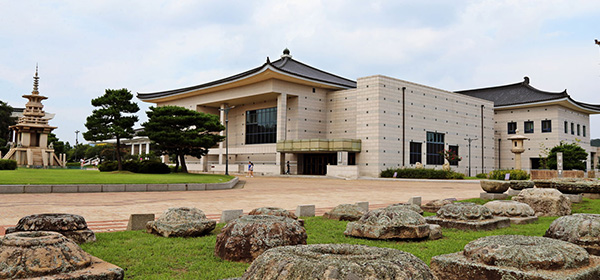
* Data provided: Gyeongju Tourguide
#2 Donggung Palace & Wolji Pond
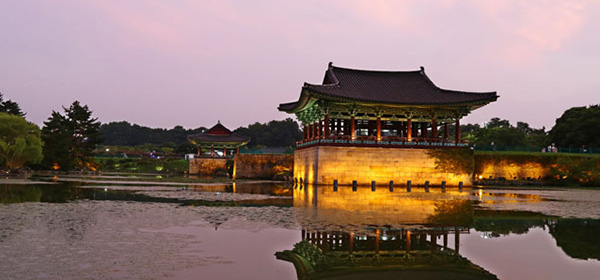
* Data provided: Gyeongju Tourguide
#3 Gyeongju Gyochon Traditional Village
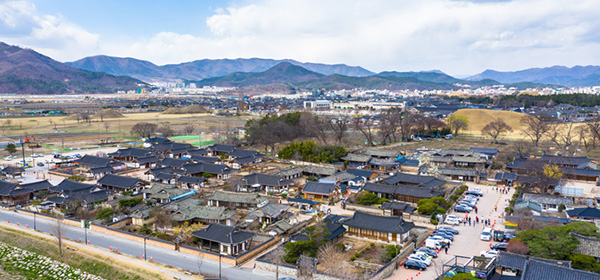
* Data provided: KOREA TOURISM ORGANIZATION
| Date & Time | October 26, 2022 (Wed) 16:45-21:00 |
|---|---|
| Course | HICO → Gyeongju National Museum → Donggung Palace & Wolji Pond → Gyeongju Gyochon Traditional Village → HICO |
| Price | Free ICA 2022 Social Tour is included in the registration fee.
|
| Inclusion |
|
| Dinner | Not included Participants can have dinner individually near Gyeongju Gyochon Traditional Village. Please refer to the restaurant list below. |
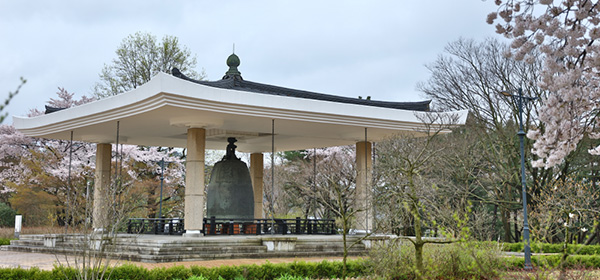
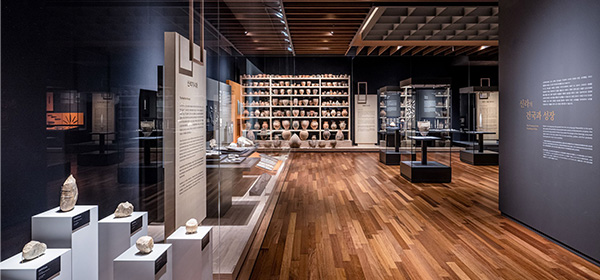

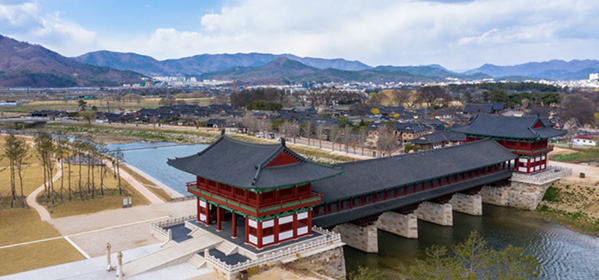
| Restaurant | Category | Menu/Price | |
|---|---|---|---|
| 1 | Jinsuseungchan 진수성찬 |
Korean Food | Jinsuseungchan table d’hote: 29,000 KRW/person Soy Sauce Marinated Crab table d’hote: 27,000 KRW Bulgogi table d’hote: 23,000 KRW |
| 2 | Yousukgung 1779 요석궁 1779 |
Korean Food | Cheonmi (DINNER) 120,000 KRW/person |
| 3 | Wolhajeongin 월하정인 |
Korean Food | Grilled Pork Belly table d’hote 27,000 KRW/person Beef and Mushroom Hot Pot table d’hote 25,000 KRW Gyochon table d’hote 23,000 KRW Gyochon Korean Beef Spicy Beef Soup table d’hote 13,000 KRW |
| 4 | Alcheon Bansang 알천반상 |
Korean Food | Seondeok table d’hote 29,000 KRW/person Alcheon table d’hote 17,000 KRW Grilled Fish table d’hote 28,000 KRW Bulgogi table d’hote 25,000 KRW |
| 5 | Pizza L Diablo 피자 엘 디아블로 한옥피자 |
Italian Food | Shanghai pasta 12,000 KRW Carbonara pasta 11,000 KRW Ragù pasta 11,000 KRW Cobb salad 10,000 KRW Pepperoni pizza 12,000 KRW Quattro cheese pizza 15,000 KRW |
| 6 | Yangji Restaurant 양지식당 |
Korean Food | Bean Sprout Rice 8,000 KRW Green Onion Pancake 10,000 KRW |
| 7 | Hwangnam Millstone Soft Tofu 황남맷돌순두부 (10 mins by walk) |
Korean Food | Mushroom Bean Curd Hot Pot 15,000 KRW Seafood And Soft Bean Hot Pot 13,000 KRW Soft Bean Hot Pot with Perilla Seeds 13,000 KRW Bean Curd Napa Wraps with Pork (big size) 40,000 KRW Napa Wraps with Pork +Soft Bean Curd Stew 15,000 KRW Stir-fried Pork+Soft Bean Curd Stew+Napa Wraps 13,000 KRW |
| 8 | Jjusarang Spicy Small Octopus 쭈사랑불쭈꾸미 (10 mins by walk) |
Korean Food | Webfoot Octopus set menu 12,000 KRW/person Stir-fried Pork set menu 12,000 KRW/person |
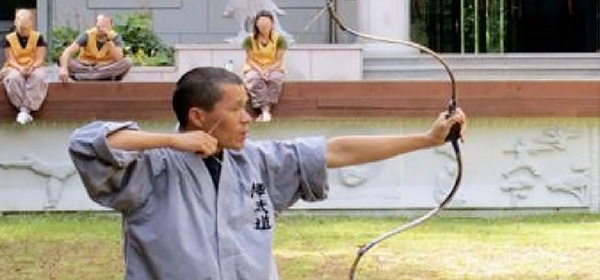
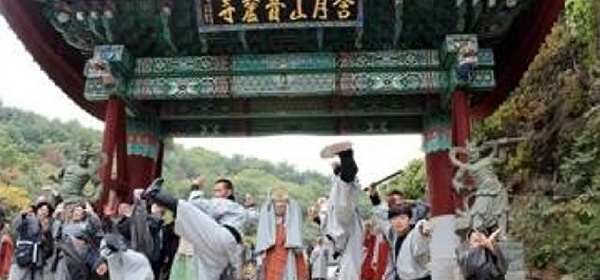
| Date & Time | 09:00 ~ 14:00
|
|---|---|
| Course | HICO → Golgulsa Temple Experience Program (Visit Temple, Archery Experience, Sunmudo Performance & Gongyang (Temple style lunch))→ HICO |
| Price | USD 155/person |
| Inclusion |
|
| Lunch | Temple Dishes (alms bowl meal which is offered to the Buddhists at temple.) |
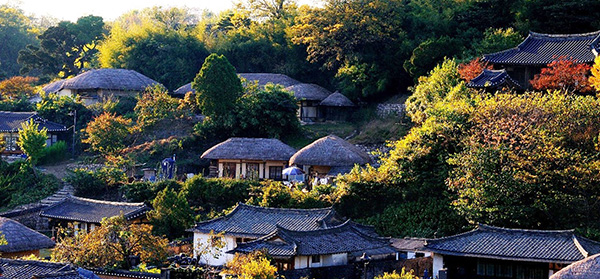

| Date & Time | 09:00 ~ 13:00 OR 14:00 ~ 18:00
|
|---|---|
| Course | HICO → Gyeongju Yangdong Village (Rice-cake Mallet Experience) → Gyeongju National Museum → HICO |
| Price | USD 120/person |
| Inclusion |
|
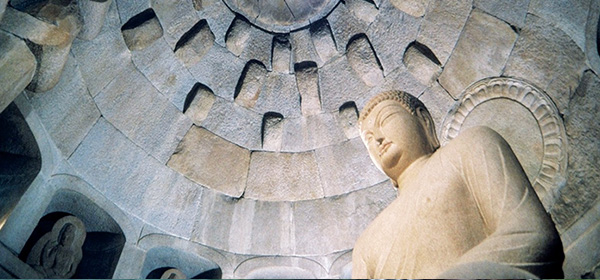
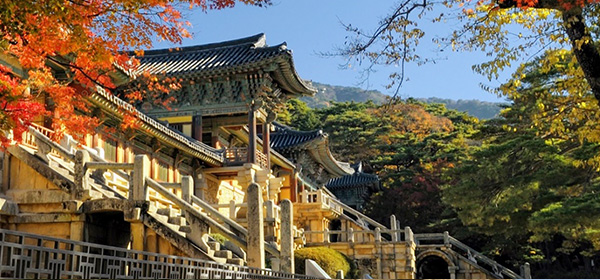
| Date & Time | 09:00 ~ 13:00 OR 14:00 ~ 18:00
|
|---|---|
| Course | HICO → Seokgulam Grotto → Bulguksa Temple → Cheonmachong Tomb → HICO |
| Price | USD 125/person |
| Inclusion |
|
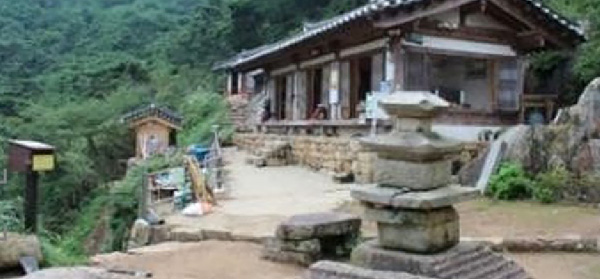

| Date & Time | 09:00 ~ 13:00
|
|---|---|
| Course | HICO → Namsan Yeombulsa Temple (Twin Stones Pagoda/ 15minutes walking) → Chilbulam Temple (1 hour walking) → Teatime with Monks → Shinseonam Temple (10~15minutes walking) → HICO |
| Price | USD 115/person |
| Inclusion |
|
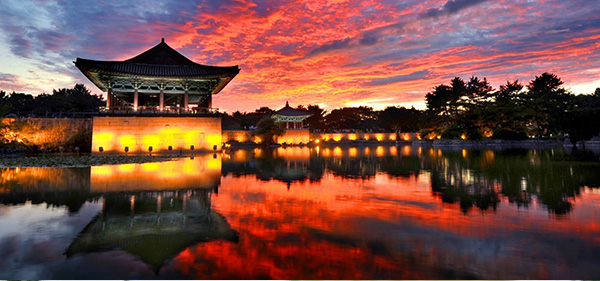
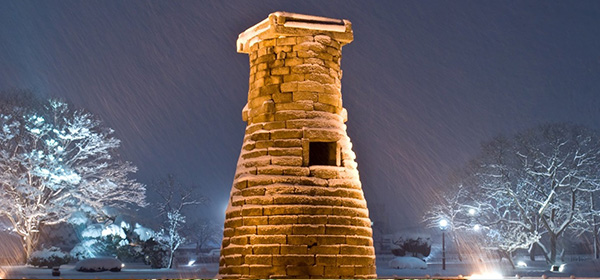
| Date & Time | 18:30 ~ 21:30
|
|---|---|
| Course | HICO → Dongung&Wolji Night View → Cheomseongdae Observatory → Woljeonggyo Bridge → HICO |
| Price | USD 115/person |
| Inclusion |
|
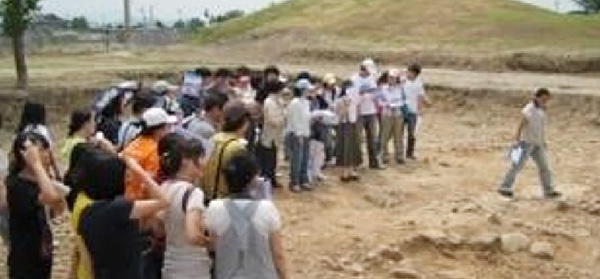
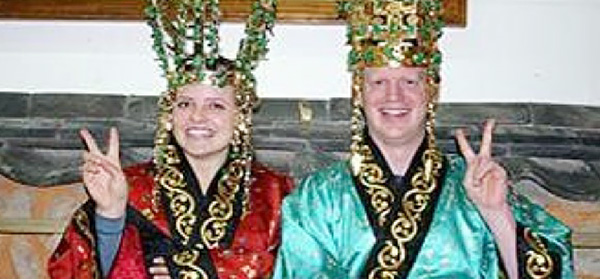
| Date & Time | 09:00 ~ 16:00
|
|---|---|
| Course | HICO → Hwangnyongsa History Museum → Jjoksaem Historic Site Digs → Cheomachong Tomb → Gyeongju Shilla Cultural Center → Banwol Historic Site Digs → Gyeongju Folk Handcraft Village → HICO |
| Price | USD 145/person |
| Inclusion |
|
| Lunch | Ssambap set (Rice wrapped by Greens – Korea Famous Healthy Food) |
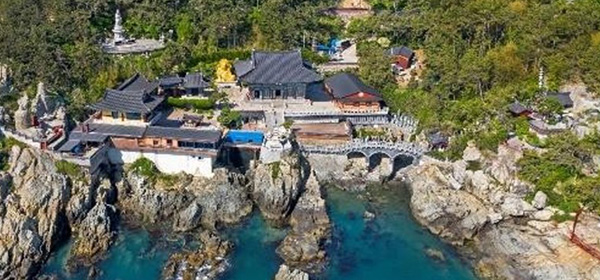
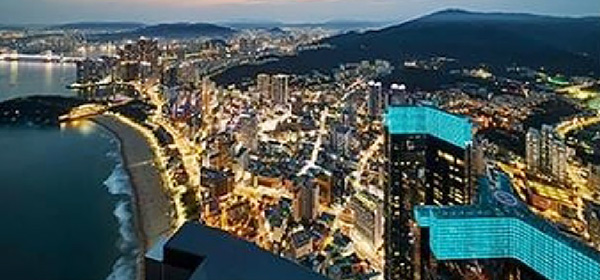
| Date & Time | 09:00 ~ 18:00
|
|---|---|
| Course | HICO → Haedong younggungsa temple → X-the sky (100 Floor) → Nurimaru- Yacht - Gwangan Bridge (Diamond Bridge → Busan Harbor Brcaidge-Songdo Cable car - BIFF Street → HICO |
| Price | USD 230/person |
| Inclusion |
|
| Lunch | Lunch at local restaurant (TBD) |


| Date & Time | 09:00 ~ 18:00
|
|---|---|
| Course | HICO → Byeongsan Seowon (Confucian Utopia Academy) → Lunch at Hahoe Village → Watching Traditional Performance “Hahoe Pyolshin-Gut T’al-nori”→ Andong Hahoe Traditional Village → HICO |
| Price | USD 220/person |
| Inclusion |
|
| Lunch | Grilled mackerel set |